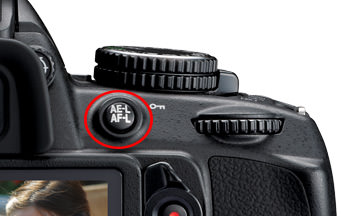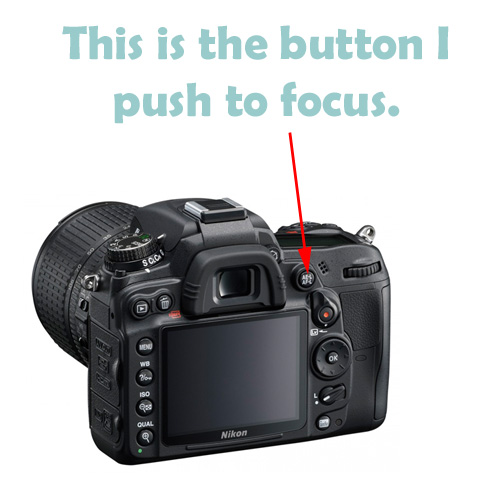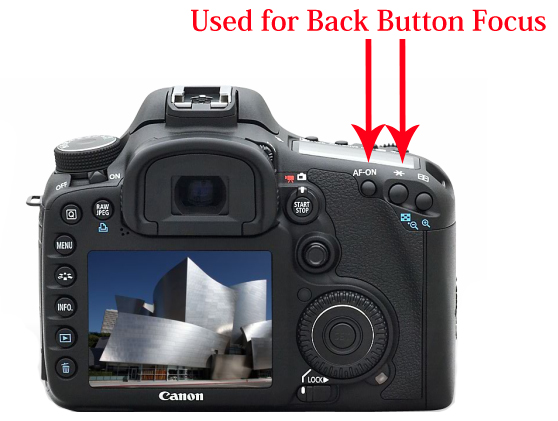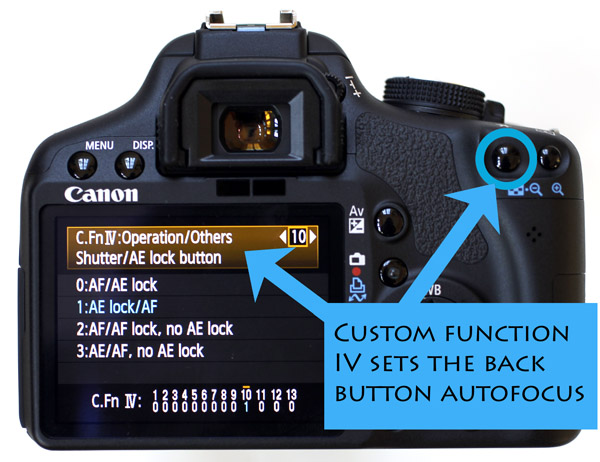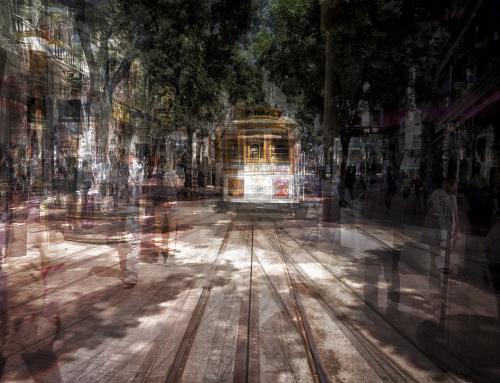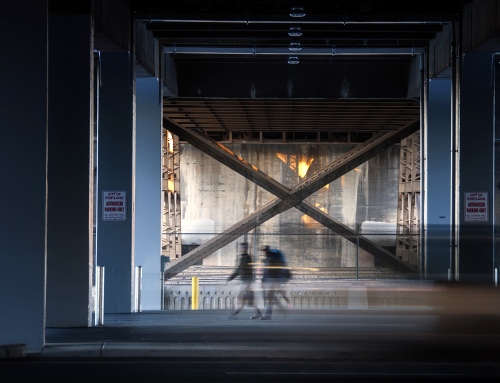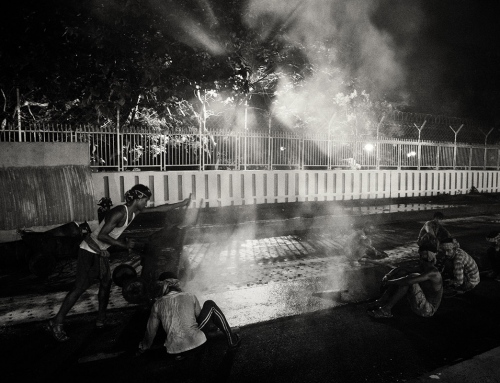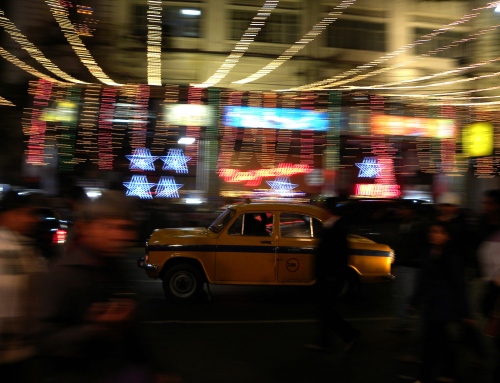Back Button focusing is exactly what it sounds like. It is focusing using a button at the back of your camera, not your regular half-press shutter button method.
There are lots of situations in which using back button focus will ensure sharp photos and easier shooting, especially with moving subjects. In this article, I will explain why you should use this back button focus method and how you can set it up in your own camera in a few simple steps. Read on!
Why will Back Button Focus help?
Focus once locked, stays locked
Suppose you are photographing FIFA World Cup match. Football players are running around and the fans are shouting their hearts out. You take a photograph of a player resting on the sidelines. He is quite still, so you can half-press the shutter button, acquire focus, and shoot continuously.
But now, he is suddenly called for the play and he starts to run around. By the time you somehow move your focus point and get it back on the player and acquire focus, the goal has been scored!
This is where back button focus will come in. By separating the focus from the shutter and assigning it to another button, keeping your finger on or off the shutter will not affect focus.
By default, whenever you take your finger off the shutter, your camera loses the focus. With back button focus, when you press the assigned button once, the focus gets acquired. Now, you can press the shutter if you want, or not press it. The focus is there, locked and ready to go!
Traditionally, what happens with still subjects is that you acquire focus with the shutter button and click a photo. Now, maybe you stroll around or wait for the light to change. When the shoot begins again and you go to take the photo, the camera starts hunting for focus all over again. With back button focus, once you press the back button, the focus is locked on. There is no need to keep pressing the shutter to make start focusing again and risk getting something else in focus.
Instant Subject tracking and shooting
Let us extend the example. Now, instead of the player standing still, he is moving around. Tracking him with a small focus point is a pain. With back button and continuous focus (AI Servo for Canon and AF-C for Nikon) enabled, you get to track a suddenly moving subject with ease.
If the football player – or your pet for that matter – was still, you could have tapped the Back button once and shot the photo. Nothing magical. But, as soon as he started moving, all you had to do was keep the Back button pressed, which means that the player is now being tracked by your camera.
No more fiddling around with focus points, trying hard to keep the shutter half-pressed, or even pressing the shutter fully and capturing the wrong moment. With the back button pressed, the subject gets tracked, and you are free to let the shutter burst off whenever you want!
You get continuous autofocusing instantly, without going into any menu or settings.
Easy focus and recomposing
With no back button focus, the focusing of the camera kicks off when the shutter is half-pressed. As soon as you take your finger off the half-press, the focus is gone. Poof!
This is an annoying thing if you are trying to take a portrait using the ancient Focus and Recompose method. You half-press and get the focus, move your position to get the perfect composition, and press the shutter to take the photo, only to find that your camera is hunting for focus again. Even worse, it managed to hunt for ages and focused on the tree behind your subject. Sure, you can solve this problem by locking focus, but that is just another thing to worry about.
With back button focus being assigned to something other than the shutter, you simply press the assigned Back button to get focus on the eye of your model, and then just let go. No need to press any button for focusing again! You can recompose too, without losing focus of the model.
Press the back button, get focus, recompose – without changing the distance between your camera and the model, as it throws off focus – and then start firing off. No hunting, no re-focusing.
How to set up Back Button Focus
Different cameras have different menu systems. But the logic will remain the same. All you have to do is get into the menu once and find a setting which allows Autofocus-On to be assigned to a button at the back of the camera.
Here, I’ll show how to set up back button focus on a Nikon and a Canon camera. Note, the exact setting and number might change a bit depending on the model.
On a Nikon Camera
- Go to Custom Settings in the menu. Then go to Controls.
- Select F.5, “Assign AE-L/AF-L button”. (The one on the left of the back dial)
- Choose “AF-ON” within this menu. The Back button is now ready!
- Now, set up your camera so that it can take photos even if it thinks there is no focus.
- Go to Custom Settings and select Autofocus.
- Select A.1, “AF-C Priority selection” and then choose “Release”. Then set “AF-S Priority selection” to “Release” too.
On a Canon Camera
- Go to Custom Function (C.Fn) in the menu and look for something similar to Shutter button/AF-On option. (or Shutter/AE-lock, marked with a *)
- In here, whatever is before the slash, is for the shutter. Whatever is after the slash, is for the back button.
- You have 2 options. You can select the option which assigns to the back button only focus, while metering is updated for every shot as long as the shutter is pressed. The 2nd option allows you to keep both focusing and metering in the back button, which means the metering used for the first shot is what will be used for the whole sequence of shots as long as the shutter is pressed.
- 1st option: Metering start / Meter+AF start. This means continuous metering using the shutter along with back button focus. No exposure lock (unless you have a high-end camera with another dedicated button).
- 2nd option: AE Lock / Meter+AF start. This means same metering for one series of shots if you have pressed the shutter continuously, along with back button focus.
To summarize this long post, I will say just a few lines. Back button focusing is something you should definitely try out, as it allows you to quickly acquire and hold focus without the problem of hunting and pressing the shutter halfway for every photo. Also, it allows you to quickly start tracking a subject by simply press and holding the back button. To set it up, simply look for a setting which makes AF move to a button at the back. I hope this method works out for you!
